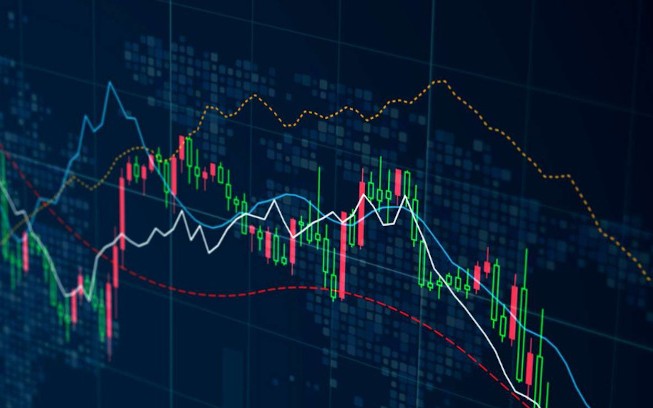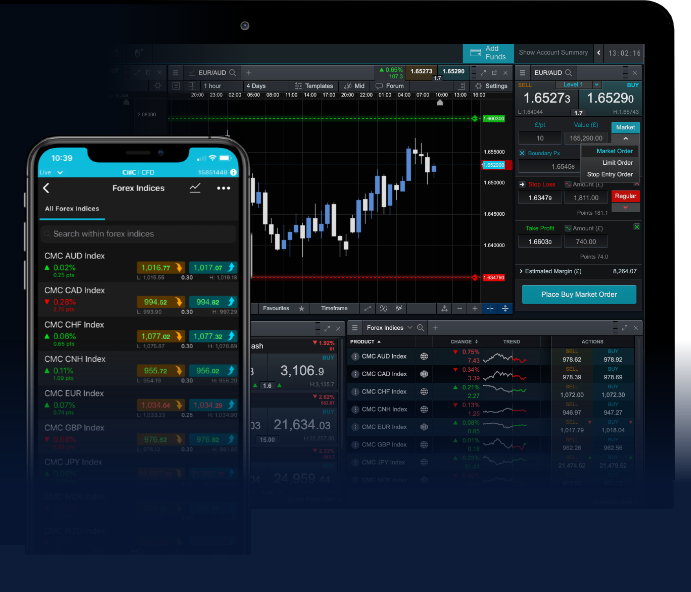
The Comprehensive Guide to Forex Trading Charts
In the world of forex trading, understanding and utilizing forex trading charts is crucial for making informed decisions. Whether you are a novice or an experienced trader, the ability to read and interpret these charts can significantly impact your trading success. For more resources and tools, check out forex trading charts https://forex-exregister.com/.
What Are Forex Trading Charts?
Forex trading charts are visual representations of currency pairs over a specific period. They help traders identify price patterns, trends, and potential entry and exit points for trades. The primary purpose of these charts is to provide a clear view of historical price movements and assist traders in predicting future market behavior.
Types of Forex Trading Charts
There are several types of forex trading charts, each with its unique features and benefits. The most commonly used types include:
1. Line Charts
Line charts are the simplest form of representation. They connect a series of data points to form a continuous line. This type of chart focuses solely on the closing prices of a currency pair over a specified timeframe, making it easy to identify the overall direction of the market. However, line charts do not provide details such as opening prices or intra-day fluctuations, which may limit their usefulness for day traders.
2. Bar Charts
Bar charts provide a more detailed view than line charts. Each bar represents the opening, closing, high, and low prices for a given time period. The left side of the bar indicates the opening price, while the right side represents the closing price. The vertical line extends from the highest price (top) to the lowest price (bottom) during that time frame. This allows traders to assess volatility along with price direction.
3. Candlestick Charts

Candlestick charts are similar to bar charts but provide a more visual and easier-to-read format. Each “candlestick” shows the open, high, low, and close prices for a specific period. The body of the candlestick is colored (usually green for an uptrend and red for a downtrend) based on whether the closing price is higher or lower than the opening price. Candlestick patterns can provide insight into market psychology and potential reversals.
Understanding Trends and Patterns
Analyzing forex trading charts involves recognizing trends and patterns. Here are some key concepts:
1. Trends
There are three types of trends: upward (bullish), downward (bearish), and sideways (range-bound). Identifying the prevailing trend is essential as it can guide traders in making strategic decisions about entering or exiting trades.
2. Support and Resistance
Support and resistance levels are critical in forex trading. Support is a price level where a currency pair tends to stop falling and may even bounce back upward. Resistance is the opposite, where the price tends to stop rising and may reverse downwards. Recognizing these levels allows traders to anticipate price movements and set targets.
3. Chart Patterns
Specific chart patterns, such as head and shoulders, flags, or triangles, signal future price movements and potential reversals. Learning to identify these patterns can help traders make informed decisions based on historical price behavior.
Technical Indicators
Many traders pair chart analysis with technical indicators to enhance their trading strategies. Some commonly used indicators include:

1. Moving Averages
Moving averages smooth out price data to identify trends over a specific period. Traders may use short-term and long-term moving averages to spot crossovers, which can signal potential buy or sell opportunities.
2. Relative Strength Index (RSI)
The RSI measures the speed and change of price movements. It ranges from 0 to 100 and is typically considered overbought when above 70 and oversold when below 30. Traders use this information to identify potential reversal points.
3. Bollinger Bands
Bollinger Bands consist of a middle band (the moving average) and two outer bands (standard deviations from the moving average). This indicator helps traders understand market volatility. When prices touch the outer bands, it may indicate overbought or oversold conditions.
Combining Fundamental and Technical Analysis
While forex trading charts and technical analysis are vital, they should be complemented with fundamental analysis. Understanding geopolitical events, economic data releases, and central bank policies can provide context to the price movements shown on charts. Successful traders often use a combination of both analyses to bolster their trading strategies.
Conclusion
Mastering forex trading charts is an essential skill for traders aiming to navigate the complexities of the forex market effectively. By understanding different chart types, recognizing trends and patterns, and utilizing technical indicators, traders can make more informed decisions. Ultimately, combining technical analysis with fundamental insights can significantly enhance trading performance and success in the forex market.
To further explore forex trading tools and resources, consider visiting https://forex-exregister.com/ for insights and guidance on your trading journey.
Leave a Reply